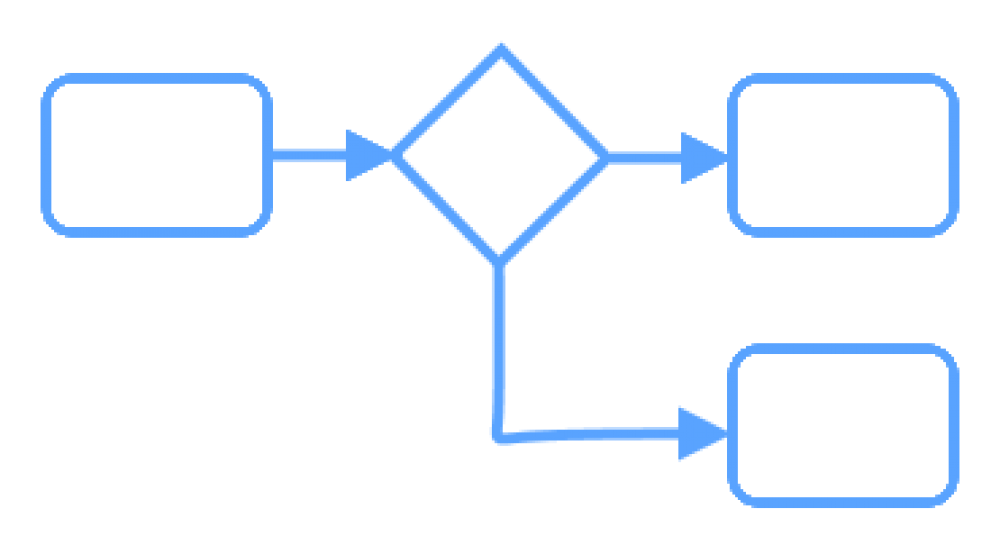

Analysts need to understand multiple representations of Business Processes considering that it may be required, as it moves through its lifecycle of development, implementation, execution, monitoring, and analysis. It also handles advanced modeling concepts, such as exception handling, transactions, and compensation.īPMN allows the creation of multiple types of diagrams, which are designed for use by the people who design and manage Business Processes.

BPMN advances the capabilities of traditional business process notations, by inherently handling B2B Business Process concepts, such as public and private Processes and Choreographies. OMG used the experience of the business process notations that have preceded BPMN, to create the next generation notation that combines readability, flexibility, and expandability. It provides businesses, with the capability of understanding their internal business procedures in a graphical notation, and gives organizations the ability to communicate these procedures, in a standard manner. BPMN Scope and ObjectivesīPMN provides a notation and model for Business Processes, and an interchange format that can be used to exchange BPMN Process definitions, both domain model and diagram layout, between different tools. In short, BPMN 2.0 is not just a modeling notation anymore. It defines a Choreography model, and a Conversation View for a Collaboration diagram.It extends the definition of human interactions.It refines Event composition and correlation.It defines extensibility mechanism for both Process model extensions, and graphical extensions.It formalizes the execution semantics for all BPMN elements.It extends the scope and capabilities of BPMN in several areas: BPMN 2.0 is a fundamental evolution of the original standard. Part of its success, is due to the fact that BPMN offers a familiar look and feel to business analysts, while providing powerful business process model expressiveness.īPMN 2.0 models can be used to communicate, and interchange the business requirements of a business process, as well as providing the underpinning of the actual process implementation. Over the last few years, BPMN rapidly became the de facto standard for process modeling. The latest version (2.0.2) has been formally published by ISO as the 2013 edition standard: ISO/IEC 19510. Version 2.0 of BPMN was developed in 2010, and the actual version of the specification was released in December 2013. A BPMN Specification document was released by OMG in February, 2006. In June 2005, BPMI merged with OMG, the Object Management Group. They released a version 1.0 to the public in May, 2004. BPMN was originally developed by the Business Process Management Initiative (BPMI).


 0 kommentar(er)
0 kommentar(er)
